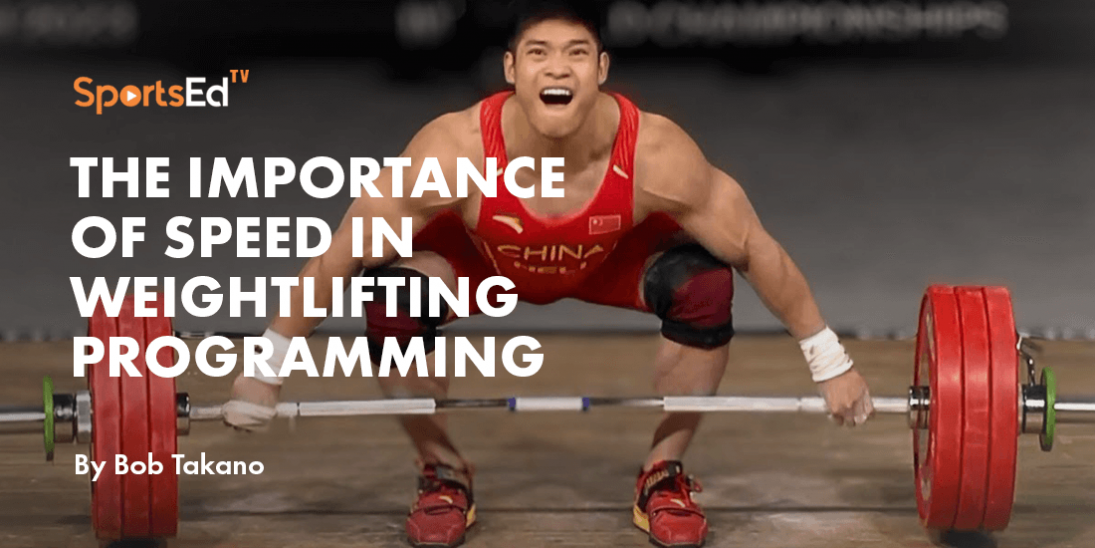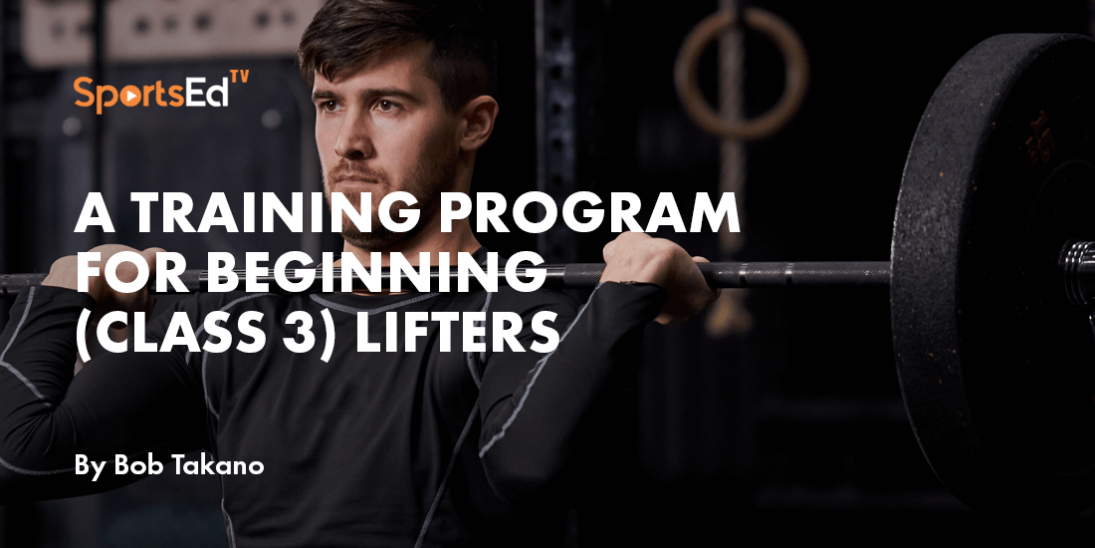Weightlifting
Welcome and thanks for visiting...

The Importance of Speed in Weightlifting Programming

If you would like to be the best weightlifter you can be, you need to consider training for speed. The best weightlifters are all very explosive and move the bar with great speed. You need to make sure that your training is partially geared toward speed development as well as strength development. You need to move the bar quickly, and you need to move yourself under the bar quickly. It may sound basic, but do you think you’re fast, quick, explosive? Do you like explosive activities? Are you automatically drawn toward athletic activities where problems are solved by speed? If your answer is “yes,” then weightlifting is a sport for you.
Realizations from Personal Experiences
I first became really aware of this when I noticed that many of my teammates and/or athletes that I was coaching loved to drive excessively fast and frequently were cited for speeding. The extreme was one of my lifters who was absolutely exhilarated after installing a nitrous device into his Firebird and was subsequently arrested for excessive speeding. Other lifters I knew would drive from California to Nevada, which had no speed limits prior to the 1980s.
The Role of the Nervous System in Speed
The speed of movement is largely dependent on the nervous system. The nerves are involved in the phenomenon of motor unit recruitment as well as the relaxation of antagonists. Motor nerves, however, fatigue easily, and this factor needs to be considered when planning the order of exercises in a daily session.
Optimizing Training Order for Speed
The first exercise in a weightlifting training session should be a snatch or power snatch. The weights of these movements should be about 20% lighter than comparable percentages of cleans or jerks, so consequently, the bar will be moving most quickly. The second exercise should be cleans, power cleans, clean & jerks, or power cleans and power jerks. The third exercise can be power jerks or jerks off the rack. The fourth exercise would be pulls.
Avoiding Nerve Fatigue
At this point, I should take note of a not-so-emergent event that is too often reported online. I hate to see a video showing a successful snatch with the accompanying caption, “Finally made this PR on the 15th set. The author might be persevering and stubborn (two desirable qualities for a weightlifter), but the nerves have been fatigued to the extent that they will affect the training of the clean & jerk. The overall programming should be planned so that both snatches and clean & jerk are given equal attention. Training should mimic the conditions of competition to some degree, and the reality is that there is not an unlimited number of attempts in a competition.
Concluding with Slower Movements
Squats, presses, and good mornings are not speedy movements and should conclude the training session. Any other slower bodybuilding-type movements can conclude the session. The important thing is to maintain a speed consciousness as well as a strength consciousness during the programming of training. At a certain point, however, it may become necessary to split training into multiple sessions per day. That, however, is an issue for elite-level lifters and should not be considered by most beginning and intermediate-level lifters.








